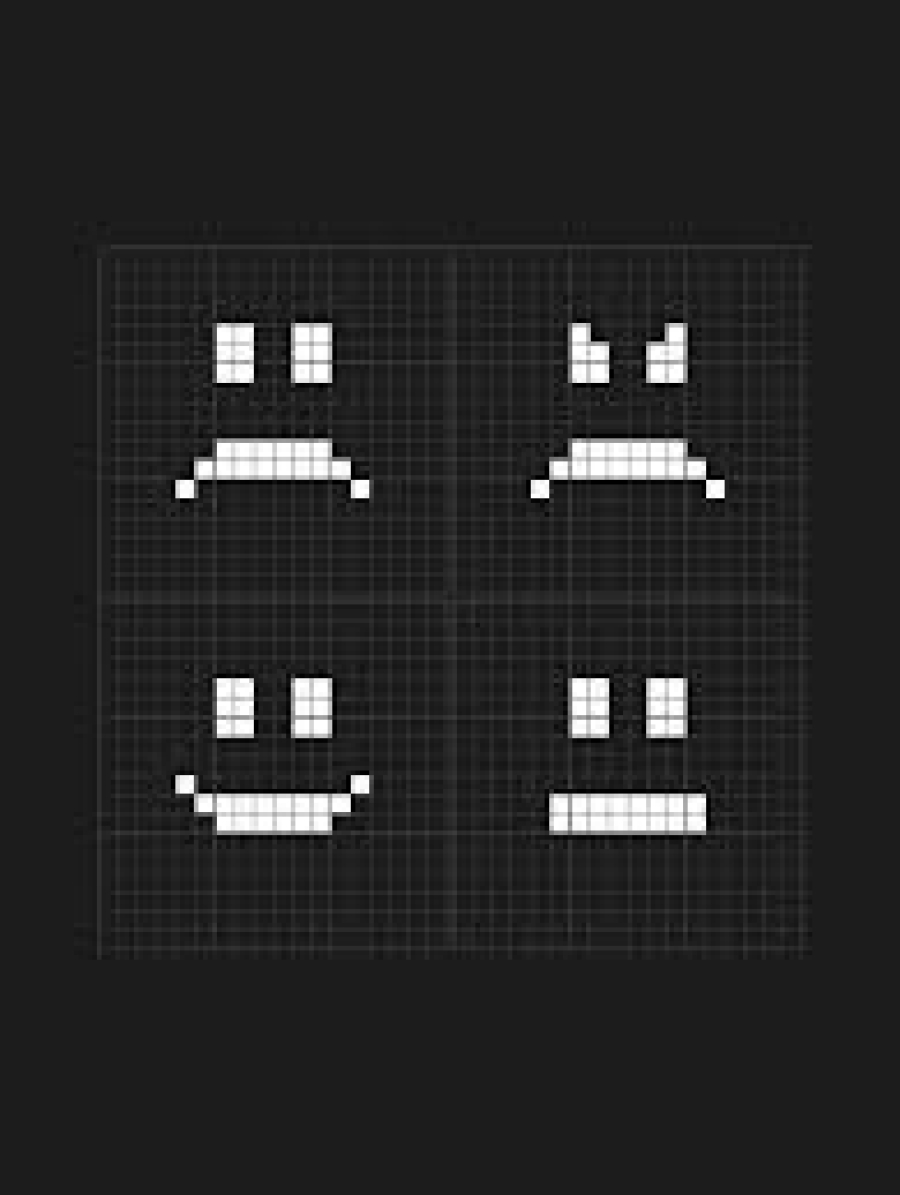How to Use Angular Material for Better UI Design
Enhancing user interface (UI) design is crucial for delivering engaging and efficient web applications. Angular Material, a UI component library for Angular developers, offers a suite of pre-built, customizable components that adhere to Google's Material Design principles. This guide explores how to effectively utilize Angular Material to improve UI design, providing best practices and SEO strategies tailored for freelancerbridge.TutorialsPoint+4OpenReplay Blog+4Medium+4
Introduction
In the realm of web development, creating a consistent and responsive UI is paramount. Angular Material simplifies this process by providing a comprehensive set of components that integrate seamlessly with Angular applications. By leveraging Angular Material, developers can build applications that are not only functional but also visually appealing and user-friendly.
Understanding Angular Material
Angular Material is an official UI component library developed by the Angular team. It offers a collection of reusable and well-tested components that follow Material Design specifications, ensuring a unified look and feel across applications. These components include buttons, forms, dialogs, and navigation elements, all designed to be responsive and accessible. TutorialsPoint+2Medium+2OpenReplay Blog+2
Benefits of Using Angular Material
Consistency: Ensures a uniform appearance across your application by adhering to Material Design guidelines.
Responsiveness: Components are designed to adapt seamlessly to various screen sizes and devices.
Customization: Offers extensive theming capabilities to align with your brand identity.
Accessibility: Built-in support for accessibility standards, enhancing usability for all users.
Efficiency: Speeds up development by providing ready-to-use components, reducing the need to build UI elements from scratch.
Best Practices for Implementing Angular Material
Consistent Theming
Utilize Angular Material's theming system to create a consistent color scheme and typography throughout your application. Define a custom theme that reflects your brand's identity and apply it globally.
Responsive Layouts
Employ Angular Material's Grid List and Flex Layout modules to design responsive layouts that adapt to different screen sizes. This approach ensures a seamless user experience across devices.
Accessibility Considerations
Ensure that all components are accessible by using semantic HTML elements and ARIA attributes. Angular Material components are designed with accessibility in mind, but it's essential to test your application with assistive technologies.
Performance Optimization
Import only the Angular Material modules that are necessary for your application to reduce the bundle size and improve load times. Lazy load modules where appropriate to enhance performance.
Customization with Care
While Angular Material offers extensive customization options, it's advisable to make modifications through the provided APIs and theming capabilities. Avoid directly overriding component styles, as this can lead to maintenance challenges and potential conflicts with future updates.
SEO Strategies for Angular Applications
Server-Side Rendering (SSR)
Implement SSR using Angular Universal to ensure that search engines can crawl and index your content effectively. SSR improves the visibility of your application in search engine results.
Meta Tags Management
Use Angular's Meta service to dynamically update meta tags, including title, description, and keywords, for each page. This practice enhances the relevance of your pages to specific search queries.
Optimized Content Structure
Organize your content with proper heading hierarchies and semantic HTML elements. This structure aids search engines in understanding the content and context of your pages.
Performance Metrics
Monitor and optimize Core Web Vitals, such as Largest Contentful Paint (LCP), First Input Delay (FID), and Cumulative Layout Shift (CLS), to ensure a fast and stable user experience. These metrics are factors in search engine rankings.
Conclusion
Integrating Angular Material into your Angular projects can significantly enhance the UI design, providing a consistent, responsive, and accessible user experience. By following best practices and implementing effective SEO strategies, you can ensure that your application not only looks great but also ranks well in search engine results, driving more traffic to freelancerbridge.


 by Emily
by Emily




